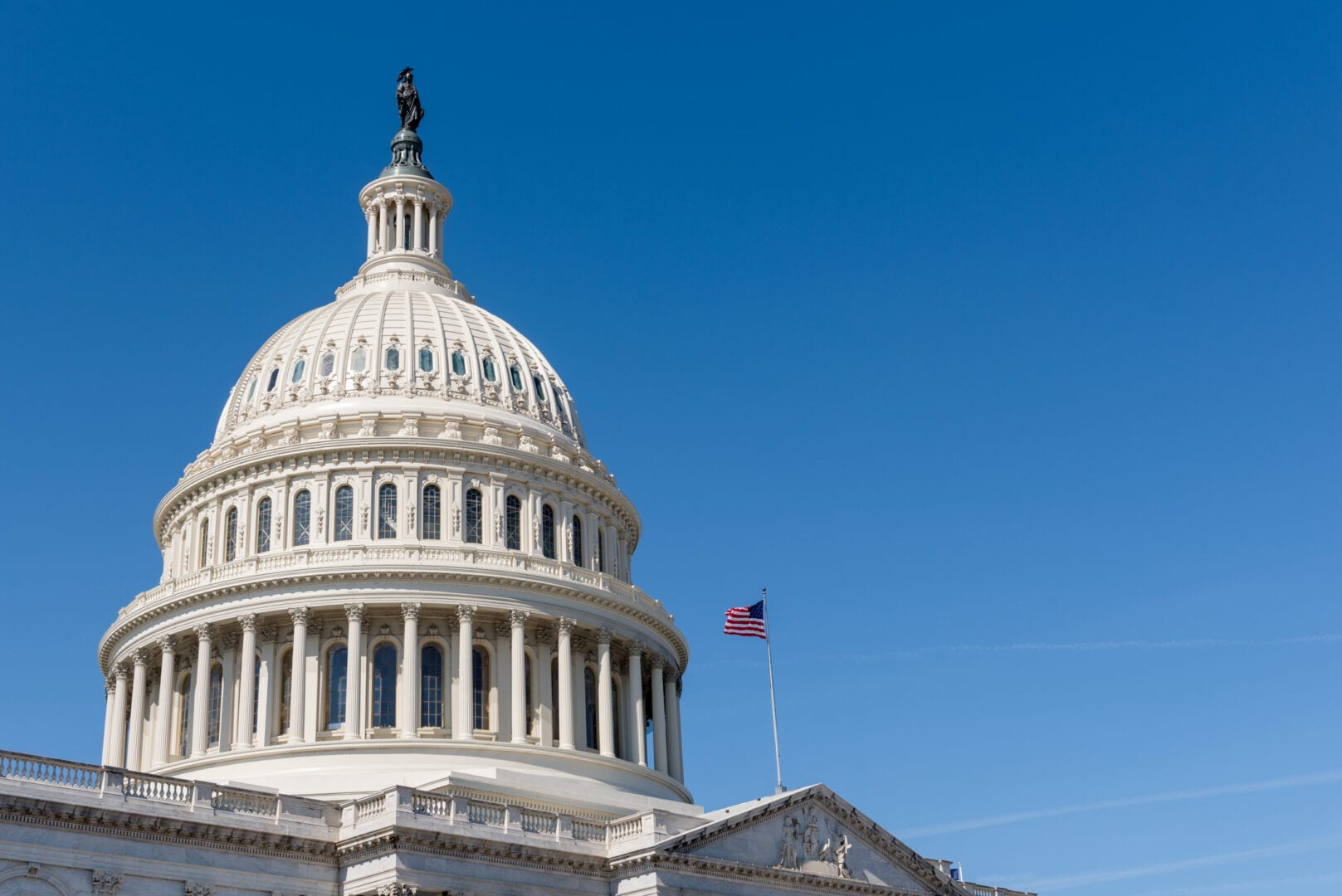By Libby Ryan
If you’ve ever tried to help an aging parent or loved one apply for government assistance, you know federal benefits can be a labyrinth of bureaucracy and complex eligibility systems. And some programs that are supposed to support seniors and reduce the financial pressure on their families don’t even provide the bare minimum they need to afford their basic needs. That’s exactly what’s sparking a push from Democrats in Congress to take a new look at Supplemental Security Income, a benefit program meant to help families in need.
“SSI is the social insurance program of last resort,” explains Karen Smith, a senior fellow in the retirement policy group at the Urban Institute for Social and Economic Policy Research. SSI provides support to seniors and people who are blind or disabled who have extremely limited financial resources.
But experts say SSI hasn’t kept up with the modern costs of living — as anyone trying to help their aging parents or a disabled loved one make ends meet with small SSI checks already knows. Democrats in Congress recently proposed expanding the program, instituting changes that could mean that more seniors could qualify for SSI and those who already receive SSI benefits could get more money each month.
Here’s what you need to know about what could be coming down the pike to help your loved one.
The basics of Supplemental Security Income (SSI)
SSI is a social program for Americans in need — similar to Social Security but not based on money paid in during past employment.
“SSI provides a low level of income support (currently well below the Federal Poverty Level) for people who have little or no current income and almost no wealth,” explains Henry Aaron, Bruce and Virginia MacLaury Chair and senior fellow in the Economic Studies Program at the Brookings Institution. Right now, 7.8 million people receive SSI benefits, according to AARP.
People who qualify for SSI include seniors ages 65 and older and people who are blind or disabled. But to be eligible, you also must have extremely limited financial resources. That means seniors earning a livable wage don’t qualify for SSI, and applicants also can’t have significant financial savings to fall back on.
To qualify, financial assets beyond a person’s primary home and personal car must be less than $2,000 for a single person or $3,000 for a couple — including the sum of all bank accounts, bonds, stocks and any retirement savings or “nest eggs” folks may have been building up over a lifetime.
Those who meet those strict standards can receive up to $794 a month for an individual and $1,191 for married couples — that’s $9,528 or $14,292 a year, respectively. That’s significantly lower than the federal poverty level of $12,880 for individuals and $17,420 for a family of two people, according to Healthcare.gov.
“Because the SSI payments are so meager, and the eligibility standards are so strict, people with no other source of income or charity are simply destitute,” says Aaron.
“The promise of Social Security is to ensure that no one in America should live in poverty — least of all our nation’s seniors and people with disabilities. By updating SSI we can deliver on this promise.”
— SENATOR SHERROD BROWN (D-OH.)
To put that into perspective, the cost of living in an independent senior living facility ranges from $1,500 to $4,000 a month, depending on its location. And assisted living facilities can be even more expensive. It’s not hard math to see the results: SSI benefits don’t even come near to covering necessary costs for seniors.
Several states provide supplements to the federal SSI benefits, however no state supplement is enough to provide income that would take recipients out of poverty, explains Smith. Recipients might also get other government benefits such as food stamps or Social Security, but they would likely still be cobbling together small pieces from the different programs to make ends meet.
And to make matters worse, if you’re considering having your loved one move into your home, they could receive less in SSI benefits. It could actually cost your parents or relatives up to one-third of their SSI benefits for them to age in place at your house, due to complex eligibility rules.
What lawmakers are proposing
Some Democrats in Congress want to bring SSI benefits up to date and demystify how folks qualify for the program. In June, Ohio Senator Sherrod Brown reintroduced the Supplemental Security Income Restoration Act, proposing significant changes to how SSI works, which would allow more people to qualify for the program and give those who do qualify more money each month.
Previously, 18 senators and 33 members of the House wrote a letter to President Biden urging him to prioritize changes to SSI in the American Families Plan.
“The promise of Social Security is to ensure that no one in America should live in poverty — least of all our nation’s seniors and people with disabilities. By updating SSI we can deliver on this promise,” said Senator Brown in a press release.
The proposal includes:
- Raising benefit levels above the federal poverty line.
- Allowing married spouses to each get their full benefit instead of the smaller joint amount for couples.
- Updating both the wealth cap and income exclusions to match modern costs of living (which were last updated nearly 40 years ago in 1984).
The letter also suggested updates to the strict guidelines that decide how much money eligible participants get from their SSI benefits.
“Not only are payment levels miserably low and eligibility standards excessively tight, the program has, over the years, developed administrative rules that are hellaciously burdensome to administer and to comply with,” says Aaron.
Some of those rules “require recipients to report borrowing food from a roommate, for example, or a parent treating them to dinner. They are complex to administer and even more complex for beneficiaries to navigate and should be eliminated,” the coalition of senators and representatives wrote in the letter to Biden.
The proposed changes would mean that a family member could move into your home without risking losing their SSI benefits.
“These changes would do more to alleviate (measured) poverty among the elderly than almost any other policy change.”
— HENRY AARON, SENIOR FELLOW AT THE BROOKINGS INSTITUTION
What happens next
So how much of an impact would these changes have? A lot, according to the experts we spoke with.
“The answer is simple: More people would be eligible, and those who are now eligible would receive larger payments,” says Aaron “These changes would do more to alleviate (measured) poverty among the elderly than almost any other policy change I can think of.”
In fact, according to the Urban Institute, reforming SSI alongside other Social Security programs could lift 1.4 million elderly or disabled people out of poverty.
But are these changes likely to actually happen? Democrats aim to pass the American Families Plan, which contains plans for supporting caregivers through universal preschool and child care subsidies, in late summer or fall. However, even though Biden included expanding SSI benefits in his disability campaign platform, SSI expansion currently isn’t part of the American Families Plan.
Sen. Brown’s Supplemental Security Income Restoration Act would create an opportunity for these changes to SSI. There’s also the ASSET Act, introduced in the Senate in early 2020, that would allow people receiving SSI to have up to $10,000 in savings or $20,000 for a couple, which would make it possible for seniors and disabled people to build up savings without worrying about losing their benefits.
The most promising news? Expanding SSI benefits gets bipartisan support, according to polling by The Century Foundation, a New York-based think tank.
If you want to express your support for expanding SSI, you can contact your congressperson to ask them to support any one or all of the current proposals to update the program.
Libby Ryan is a freelance journalist and editor covering health, culture, and travel.





